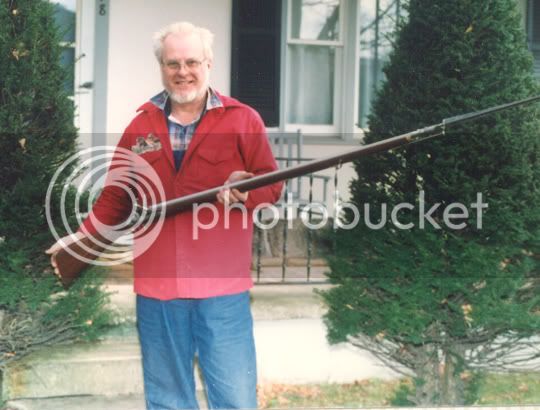eat moose meat
40 Cal.
- Joined
- Jul 10, 2004
- Messages
- 108
- Reaction score
- 0
Hello gentlemen, In a gunshop the other day i found what i am almost sure is an original british officers fusil. The only thing is that it was converted to percussion. It was the only muzzleloader in the store. Get this it is in shooting condition. Its probably 16ga,Bayonet lug,british proofs, palm swell on forearm. it even has the steel rammer. He wants 1000.00 for it is this a good deal. help and info would be greatly appreciated. thank you.





